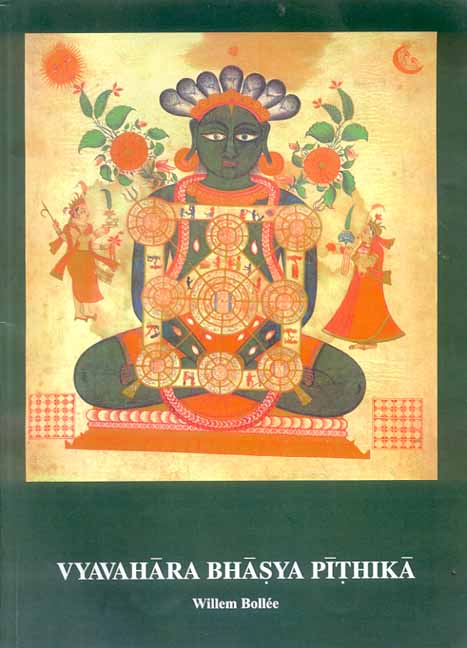| Prakrit text in Roman + English translation, commentary and notes
This is a masterpiece from Professor Willem Bollée. In this excellent translation, Bollée brings to light the "Vyavahara Bhasya", a Jain explanatory work dealing with monastic jurisprudence and code of discipline. The edition is richly annotated and copiously supplemented with extracts from Malayagiri's "Vivarana" on "Vavahara" and annexed with a glossary of selected words; padas and thematic indices.
The Shramanas or Nirgranthas shared a number of features with Buddhists and Ajivikas. Jains examined the ethical and eschatological implications of all human activities of mind, speech and body and developed elaborate rules regulating every aspect of the behaviour of monks and nuns. They depended upon the ascetic lineage, [guru parampara], socio-political conditions of the time and local influences. These rules were given the shape of fixed codices and became central to Jain monastic discipline and jurisprudence.
The `Vyavahara Bhasya' or `Manual of Monastic Proceedings' is part of the `Cheda Sutra' of the Shvetambara canon.
Cheda Sutras are usually six in number and comprise of: Nishitha Sutra {Texts to be Recited at Night}
Mahanishitha Sutra {Additional Texts to be Recited at Night}
Vyavahara Sutra{Manual of Monastic Proceedings}
Acara Dasha {Ten Chapters on Monastic Conduct}
Brhat Kalpa {Principal Book of Monastic Rules}
Jita Kalpa {Established text on Rules of Behaviour}
Cheda Sutras are normative texts that prescribe rules for monastic behaviour covering all possible transgressions. They are supposed to be studied by advanced monks and not by novices.
The present text deals with diverse aspects of monastic conduct, rules of circumspection and self-control providing a scriptural framework for the conduct of a Jain monk's life.
Prof Bollée has succeeded through his lucid translation and welcome annotations in providing invaluable glimpses into the life of a Jain ascetic and offers a good understanding of ancient Indian religiosity and asceticism. He has also noted interesting comparisons with the Vinaya texts of the Buddhists in order to present a contextual system. |
